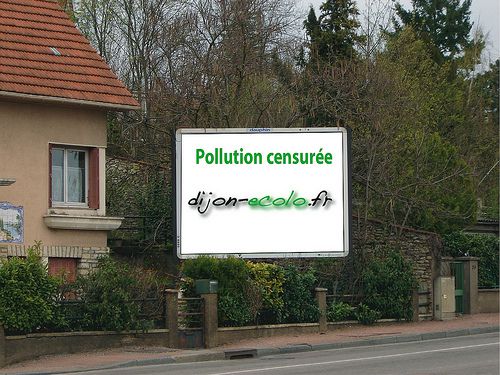-
 Nasal drip
Nasal drip
-
 Photoelectric
Photoelectric
-
 Permanent world
Permanent world
-
 Expectorate
Expectorate
-
 Seismic hazard
Seismic hazard
-
 Transcription
Transcription
-
 Adenosine
Adenosine
-
 Poisson brackets
Poisson brackets
-
 Homotopy
Homotopy
-
 Radiotherapy
Radiotherapy
-
 External haemorrhoid
External haemorrhoid
-
 Enantiomer
Enantiomer
-
 Flag
Flag
-
 Biological pollution
Biological pollution
-
 Drainage
Drainage
-
 Chemoreceptor
Chemoreceptor
-
 Fluorine
Fluorine
-
 Aldolase
Aldolase
-
 Klein bottle
Klein bottle
-
 SLAC
SLAC
-
 Autonomous
Autonomous
-
 Ether
Ether
-
 Cepheid
Cepheid
-
 Conventional cytotoxic medicine
Conventional cytotoxic medicine
-
 Authorisation certificate
Authorisation certificate
-
 Apex
Apex
-
 Mimas
Mimas
-
 Zune
Zune
-
 Local group
Local group
-
 Monocotyledon
Monocotyledon
Visual pollution
Visual pollution is a term used to describe all of the visible deterioration to landscapes and living environments, from plastic bags hanging in trees to high voltage lines.
Although tougher waste regulations have significantly reduced visible waste pollution in Europe, the question of pollution caused by infrastructure and advertising is more complicated.
Infrastructure such as bridges, high voltage power lines or motorways are often declared to be for the public benefit, and their creation prevails over other considerations, such as the preservation of landscapes. In addition, the high cost of alternatives (burying, tunnels, etc.) generally discourages use of alternative methods.
However, procedures for heritage classification, measures taken to 'blend' infrastructure into the environment, and public inquiries help reduce, to a certain extent, the visual impact of this infrastructure.
When it comes to advertising, the constraints are lesser and some places are significantly impacted by an accumulation of signs and billboards, which sometimes generate light pollution.
In fact, the French 29 December 1979 Act on advertising, signs and sign-boards is rarely applied, except for sites under heritage protection laws and the districts around natural parks. This has led to several campaigns for the protection of landscapes, living environments and natural environments to focus on the visual pollution caused by advertising.
The Grenelle 2 environmental round table thus considered the possibility of amending this Act.
 A photomontage produced during a campaign against visual pollution. © dijon-ecolo.fr CC by-nc-sa 2.0
A photomontage produced during a campaign against visual pollution. © dijon-ecolo.fr CC by-nc-sa 2.0
Latest
Fill out my online form.



